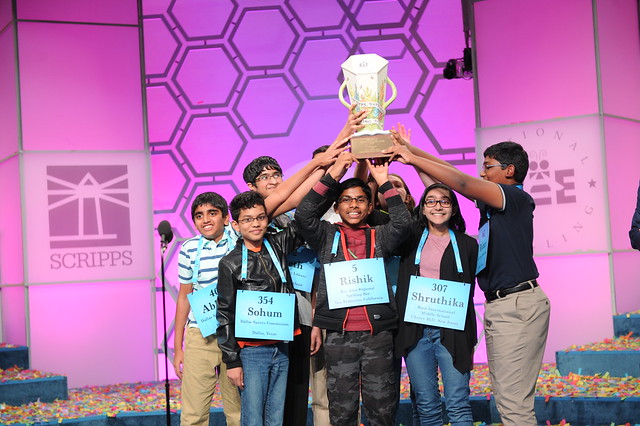Schools are back in session around the country, and at some, there’s a notable absence: cell phones. Students’ almost-constant phone use has long vexed teachers fighting for kids’ attention. Now, citing studies connecting the use—and even mere presence—of cell phones to diminished performance, administrators have taken a range of approaches to limiting their impact. Some require phones to be turned off and put away; others ban their presence on school grounds altogether.
The French government has prohibited school phone use by students until their mid-teens, allowing high schools to decide whether to adopt the rule after that; restrictions will soon be implemented in Ontario. But in the US, such legislative measures have so far been unsuccessful. Four states—Arizona, Maine, Maryland, and Utah—attempted to enact a school cellphone ban or restrictions in the past year. Legislation failed in them all.
Many parents object to schools’ attempts to ban cell phones, citing fears of being disconnected from their children in the event of a school shooting. In addition to sometimes expressing dissent at the idea of school-wide restrictions, parents can be among the biggest offenders in terms of initiating the distractions teachers complain about.
In a recent column in The Wall Street Journal, Julie Jargon described how parents often text their kids throughout the day—sometimes about urgent matters, but usually not. Most check-ins—questions about how tests went, reminders to drink water, or queries about items needed from Target—are not critical; parents just like to connect. And according to the students in the article, their parents usually expect a quick response.
“My parents tell me the reason I have a phone is so I can text them and call them. You’re supposed to respond to your parents because if you don’t, you’re scared you’ll get in trouble,” Mia Byrd, a 16-year-old from Montgomery, Texas, told Jargon.
If schools want to minimize the distraction of cell phones, it’s vital that they get parents on board—perhaps adding an encouragement to curtail daytime texting to the usual list of back-to-school-night reminders.
In fact, parental buy-in is important in all aspects of school culture. Whatever policies a school tries to implement or character qualities it seeks to instill, the school’s success will be impacted by a student’s family—and adults in every other social setting, from sports to neighborhoods to places of worship.
In the book The Content of Their Character: Inquiries into the Varieties of Moral Formation, James Davison Hunter and Ryan S. Olson call this dynamic “social ecology.” When students receive the same messages from multiple places, this is referred to as “social density.” Research suggests that a strong partnership between all influencers in a child’s life has the potential to form character more powerfully than when they clash. For example, in Unequal Childhoods: Class, Race, and Family Life, Annette Lareau asserts that communication between parents and schools commonly improves student outcomes.
As schools seek to rein in the distraction of cell phones, they will be wise to enlist the help of parents—not only to limit their texting to students during school hours, but to reinforce the schools’ messages about the value of undivided attention.



